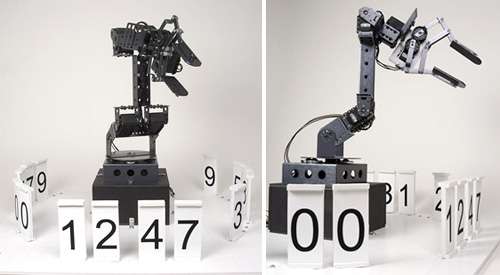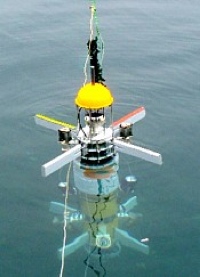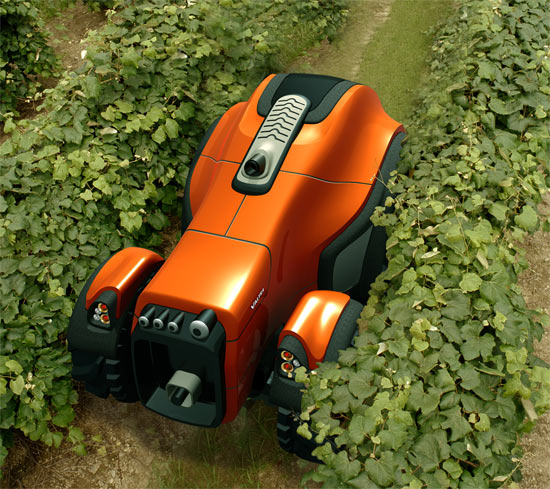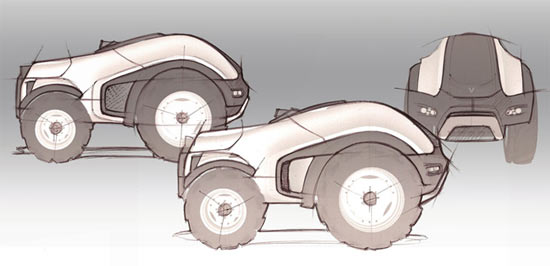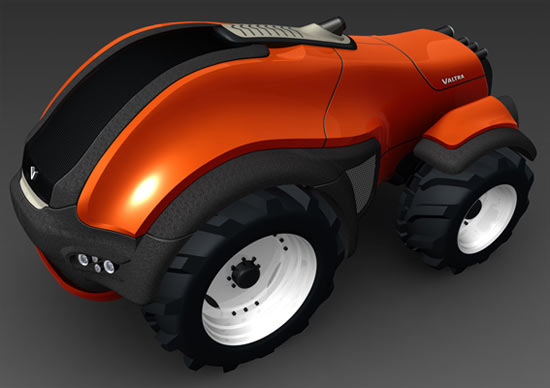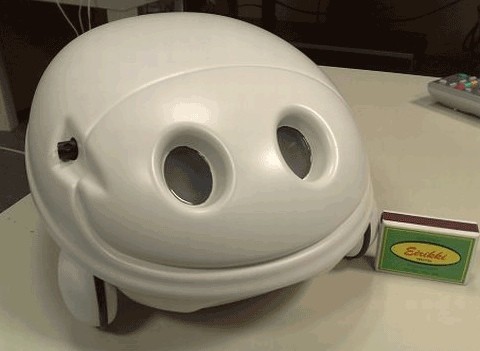
Nokia's Jeppe is a remotely controlled robot that seeks to bring the telepresence experience to the average person. The little robot can be controlled by a Nokia cell phone (naturally), and it has an onboard digital compass along with sound sensors in order to locate people to speak with.
One thing I do not like about the zippy little bot is that the video is at a fixed angle, which from the video could make it easy to get the bot hung up on something without being able to see what it is. But the almost creepy smile on its face – hate to say it, but I think I like it, since the ideal is to make it friendly. It would almost force a pleasant conversation – how are you going to argue with that smile?
I have no doubt that such a similar device will become commonplace in the near future – telepresence saves time, money and resources. So the first few devices will probably get a nod in history footnotes – and what a smile to have looking back from the archives.

